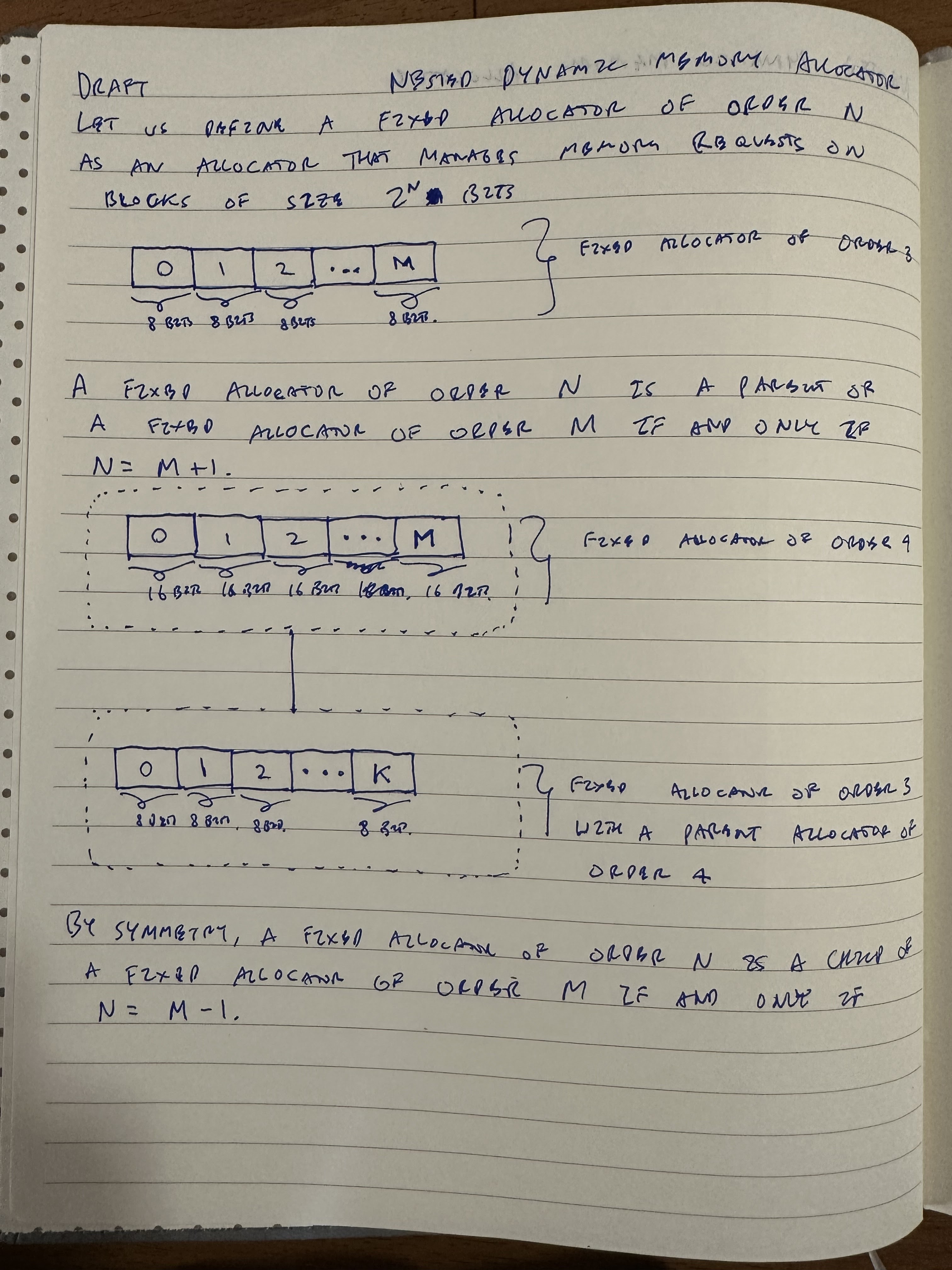In a highly chaotic system, such as a high temperature gas, it is not ideal to use an atomic causal model. Instead, the effective causal model is to approximate to what extent each atom is interacting with every other atom. If we increase the temperature, then the number of atoms each atom interacts with should increase. As the temperature decreases, the number of atoms each atom interacts with should decrease. If we were to randomly sample any atom, then on average, the atom should interact with a set of atoms of a certain size. Instead of thinking in terms of conditional probabilities and causal implications, we think in terms of sets of interconnected events. And this is because it is not computationally effective to analyze chaotic systems in a linear manner. We can apply the same line of reasoning to sampling. If a system has a particular sampling rate, the inputs to the system are batched according to the sampling rate. In other words, the system cannot discern the ordering of ev...
Handwritten notes about computer science, artificial intelligence, and mathematics. Essays about philosophy, psychology, and society.









Comments
Post a Comment